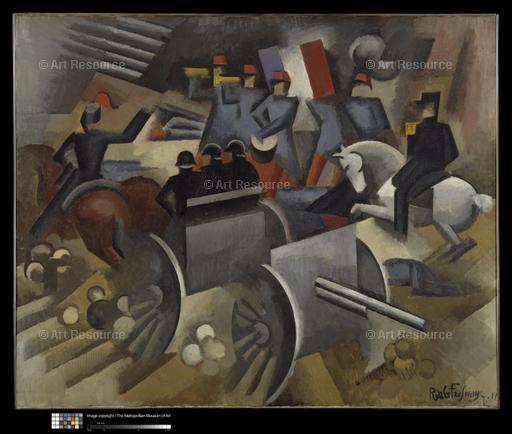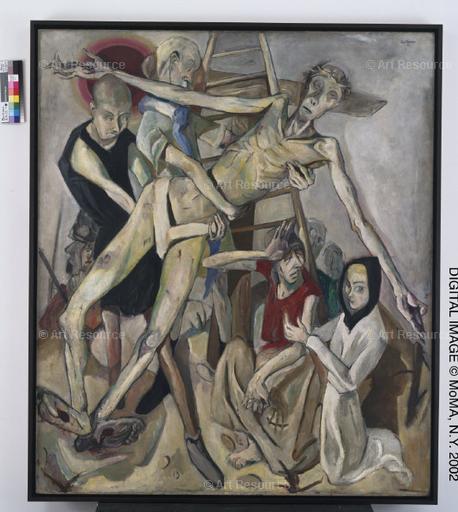
El Greco, Messiah of Modernism
Among Platonists, man is mind, intellect, above all else. Man is ordained to think. His province is learning and true wisdom. The rest is flesh and appetite, or, in the phrasing of Timaeus , an Eros of begetting. A common, ignoble thing that resides in the lower precincts of the body and pulls us earthenward, away from our celestial affinity.
Christopher Johnson, in the comment section to the previous post, alludes to that ancient polarity. Speaking of El Greco’s St. Martin and the Beggar, he notes that the painting transports the scene from a mere act of charity to an encounter between the mortal and the divine. Continue Reading





